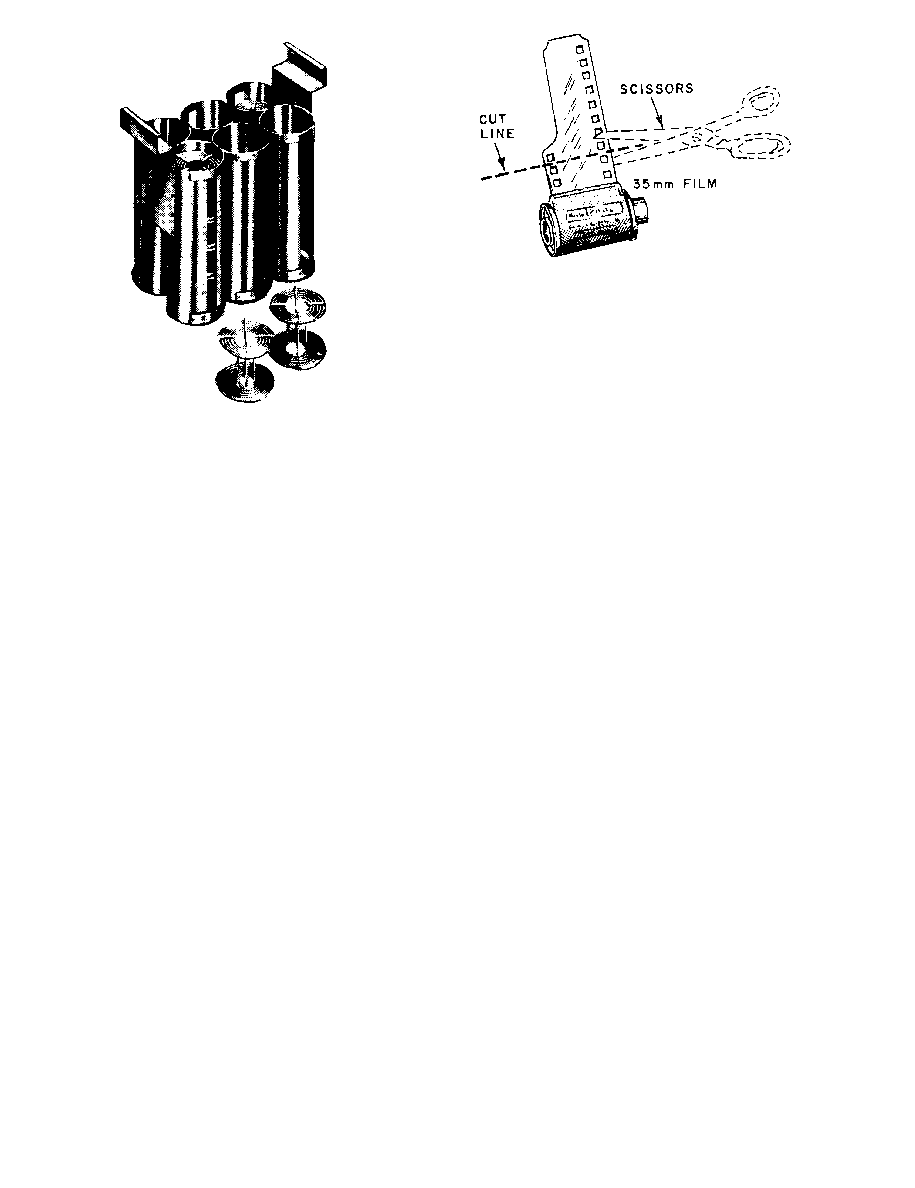
DOFMaster
for Windows
On-line
Depth of Field
Calculator
DOFMaster for Mobile Devices
On-line
Depth of Field
Table
Hyperfocal
Distance Chart
Articles
FAQ
Recommended
Books
Support
Contact
Links
Home
for Windows
On-line
Depth of Field
Calculator
DOFMaster for Mobile Devices
On-line
Depth of Field
Table
Hyperfocal
Distance Chart
Articles
FAQ
Recommended
Books
Support
Contact
Links
Home
As an Amazon Associate I earn from qualifying purchases.
![]()
hot water, without film in them.
for 5 seconds at l-minute intervals.
construction of tanks and reels differ somewhat among
needed for proper agitation of the film hangers.
Agitation should be accomplished by lifting the hangers
out of the tank draining them momentarily from a
used in Navy imaging facilities consists of a stainless
solution (fig. 10-13). Hangers should not be agitated too
vigorously from side to side. This forces the developer
through the holes in the hangers at high speed, causing
developing trails near the holes. The objective is to
assure an even flow of fresh solution over the surfaces
of the films regularly according to a fixed schedule.
solution, let them drain for 10 seconds, then lower them
into the stop bath. Agitate them several times in the stop
bath, drain them, lower them into the fixing bath, and
agitate them constantly for 2 or 3 minutes.
washing is complete, place the film hangers and film
into a wetting agent; then remove each sheet from its
hanger and hang it up by one corner to dry.
reducing the actual usable size of the negative image. It
is better to suspend each film individually from a line
the film. The leader or loading tab on 35mm film can be
cut off square while in the light to ease loading of the
with a lighttight cover; and a filler cap. Each reel is
constructed for a specific size roll of film; for example,
35mm, 120, and 220. The tank top permits pouring the
chemicals in and out of the tank under white light
conditions. The tanks come in sizes to hold from one
(tanks, lids, caps) should be numbered or marked in such
processing roll film.
until the lights have been turned out. Also, for 35mm
film, the cassette should not be opened until the lights
have been turned out. If a short length of film is left
protruding from the 35mm cassette when the film is
Basic Photography Course

As an Amazon Associate I earn from qualifying purchases.
WWW.DOFMASTER.COM
© 2006 Don Fleming. All rights reserved.
© 2006 Don Fleming. All rights reserved.